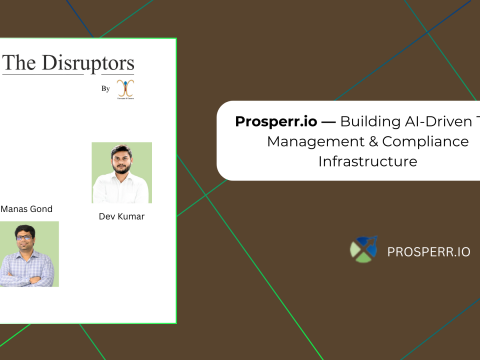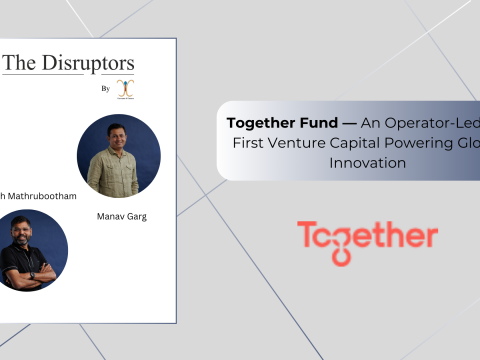- Have any questions?
- [email protected]
The Disruptor: Sash.Ai — Shipping Agentic AI From Proof-of-Concept to Production

Unveiling the Legacy of Marwaris: A Deep Dive into “The Marwaris” by Thomas A. Timberg
September 3, 2025
Decoding the Business Genius of Gujaratis: A Deep Dive into “Dhandha: How Gujaratis Do Business” by Shobha Bondre
September 10, 2025If 2024 was the year enterprises experimented with GenAI, 2025 is the year they expect value. Sash.Ai is leaning into that shift with an “agent-first” approach: production-grade, domain-specific AI agents that plug into real workflows across finance, procurement, HR, sales ops and analytics—designed especially for Global Capability Centers (GCCs).
Why Sash.Ai matters now (as an analyst)
After a year of pilots built on vanilla chatbots and basic RAG, many enterprises hit limits around accuracy, actionability and governance. Industry discussion is already pivoting toward secure, agent-based architectures that fetch data at runtime, respect source permissions, and execute bounded tasks. Sash.Ai’s roadmap fits that trend, with a catalog of 350+ domain agents released under its OrchestrAI suite to accelerate time-to-value for GCCs.
What Sash.Ai actually builds (as a product reviewer)
- Agentic AI library for GCCs: 350+ pre-built, domain-specific agents that reason, take actions, and automate multi-step enterprise tasks—far beyond FAQ bots or copilots.
- Services & solutions stack: Consulting, data engineering, advanced analytics, and custom generative/agentic apps for B2B SaaS and enterprise teams.
- Problem-first deployment: Aligns agents to each client’s AI maturity and business priorities to deliver measurable outcomes quickly, then scales.
Founding story & leadership (as a reporter)
Sash.Ai was co-founded by Biddappa Muthappa (CEO) and Shabareesh Raj (Chief AI Officer)—practitioners with deep enterprise AI experience who set out to build “intelligent digital teammates” that reason, adapt, and act inside real business processes.
Where Sash.Ai fits in the enterprise AI stack (as a CTO evaluating options)
- From chat to action: Moves beyond conversational interfaces to agents with tools, connectors and policies that can analyze, decide and execute approved steps.
- Security posture aligned with agents: By orchestrating data access at runtime through existing systems, agentic designs can reduce risks associated with centralizing sensitive data solely in vector stores—an industry priority.
- Services + accelerators: Combines pre-built agent libraries with consulting and data plumbing—the combination many enterprises need to reach production.
Early use-cases you can pilot in weeks (as an operator)
- Finance close co-pilot: Collects schedules from ERP, validates variances, drafts commentary, and routes approvals.
- Procurement triage agent: Normalizes vendor data, flags risk from contracts, and kicks off compliant onboarding steps.
- RevOps pipeline QA: Reconciles CRM, billing and product analytics, then alerts AE/CSM on anomalies with suggested next actions.
(Representative of Sash.Ai’s published domain ambitions for GCCs; exact bundles live within OrchestrAI.)
What to measure (as a transformation lead)
- Cycle-time reduction on a defined workflow (e.g., PO approvals, MBR preparation)
- Precision/recall on retrieval + decision checkpoints
- Human-in-the-loop acceptance rates and rework avoided
- Governance coverage: audit logs, policy adherence, permission checks
Risks & mitigations (as a security reviewer)
- Data leakage: Prefer agents that query systems via existing auth; avoid indiscriminate data copies; enforce DLP/redaction at tool boundaries.
- Model drift: Require evaluation harnesses, regression tests and feedback loops per agent domain.
- Change management: Pair rollouts with SOP updates, KPI baselines and training.
The bottom line
Sash.Ai is building what many enterprises actually need: secure, bounded agents that integrate with the stack you already run—and deliver business outcomes fast, especially in GCC environments. If your GenAI program is stuck in “cool demo” mode, their agent library + services posture offers a credible path to production.





